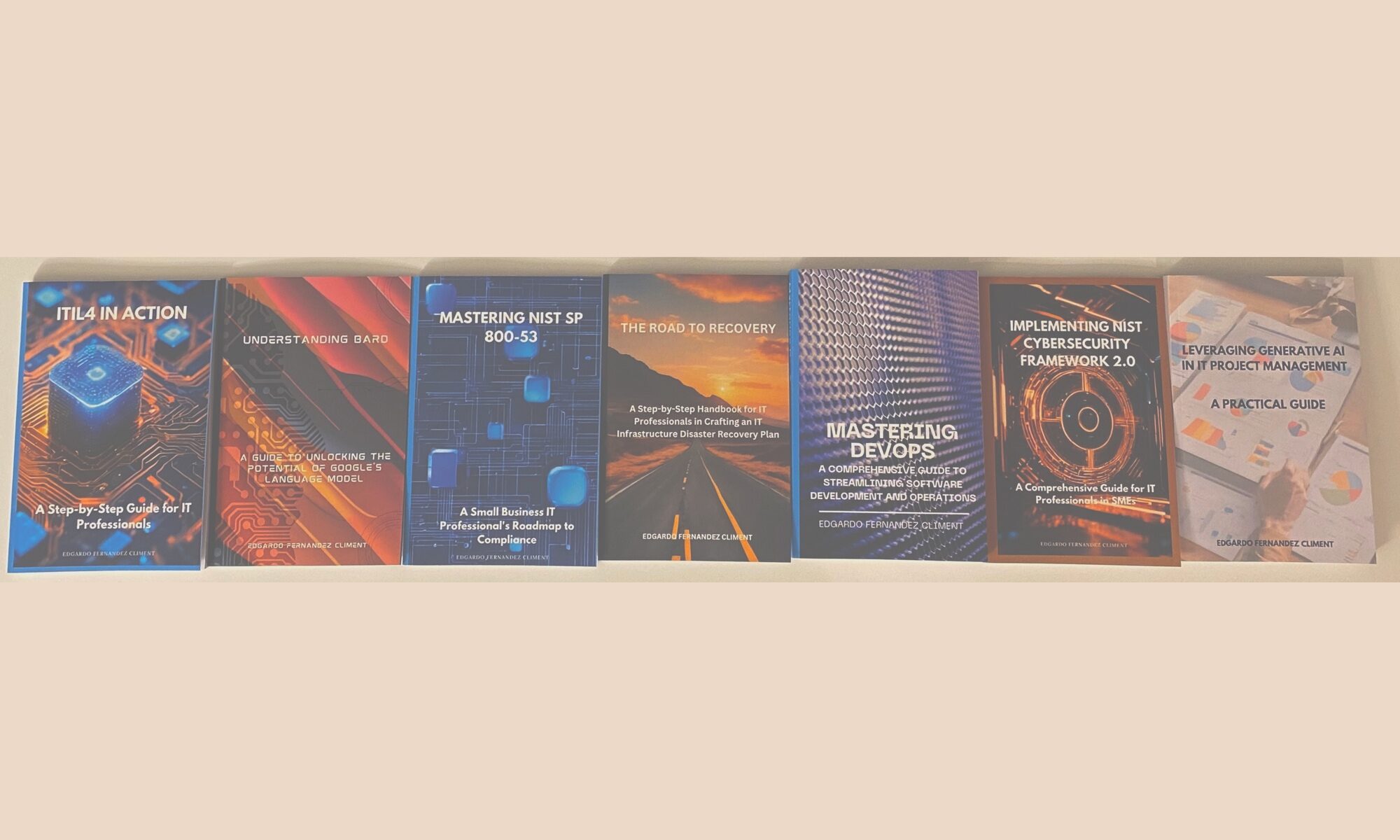In the fast-paced digital era, the quest for mindfulness has become more relevant than ever. With our lives increasingly intertwined with technology, it’s easy to overlook the power of being present in the moment. However, the rise of Artificial Intelligence (AI) offers an unexpected ally in our journey towards mindfulness. This article explores how AI can be harnessed to foster a deeper sense of awareness, calm, and connection in our daily lives.
Understanding Mindfulness
Mindfulness is the practice of being fully present and engaged at the moment, aware of our thoughts and feelings without distraction or judgment. It’s about appreciating the now, rather than dwelling on the past or worrying about the future. This ancient practice, rooted in Buddhist meditation, has found its way into modern therapeutic techniques, proving beneficial for both mental and physical health.
AI: The Unlikely Companion
At first glance, AI and mindfulness might seem contradictory. Technology often distracts us from being present. However, AI’s capabilities are being leveraged to create tools that facilitate mindfulness practices, making them accessible to a broader audience. Here’s how AI is becoming a companion in the mindfulness journey:
1. Personalized Meditation Guidance: AI-powered apps can tailor meditation sessions based on user feedback, mood, and behavior patterns. By analyzing user data, these apps can suggest specific practices that resonate more closely with an individual’s current state, enhancing the meditation experience.
2. Enhanced Focus and Relaxation: AI-driven music and soundscapes adjust in real-time to the listener’s physiological responses, such as heartbeat and stress levels, to promote deeper states of relaxation and concentration.
3. Mindfulness Reminders and Prompts: Through smart devices, AI can nudge us to take mindful breaks throughout the day. These gentle reminders can encourage short meditation sessions, breathing exercises, or simply moments to refocus our attention on the present.
4. Accessible Mindfulness Education: AI chatbots and virtual assistants can provide insights and information on mindfulness practices, answer questions, and even guide users through meditation sessions, making the learning process more interactive and responsive.
The Benefits of AI-Assisted Mindfulness
Integrating AI into mindfulness practices offers several advantages. It personalizes the experience, making it more effective and enjoyable for the user. It also provides flexibility, allowing individuals to engage in mindfulness exercises at their own pace and schedule. Most importantly, AI can help demystify mindfulness for beginners, offering a low-barrier entry point for those interested in exploring mindfulness but unsure where to start.
Ethical Considerations and Balance
While AI can significantly enhance mindfulness practices, it’s essential to approach this integration with balance and mindfulness itself. Dependence on technology for mindfulness might seem ironic, so it’s crucial to use these tools as facilitators rather than replacements for genuine, personal engagement with mindfulness techniques. Additionally, privacy and data security concerns around personal information collected by AI apps should be addressed, ensuring that users feel safe and protected.
Conclusion
The synergy between AI and mindfulness offers a promising path toward achieving greater inner peace and awareness in our digital age. By utilizing AI as a tool to enhance our mindfulness practices, we can find solace amid chaos, grounding ourselves in the present moment with the help of cutting-edge technology. As we continue to navigate the complexities of modern life, the mindful use of AI can serve as a beacon, guiding us toward a more centered, peaceful, and mindful existence.
